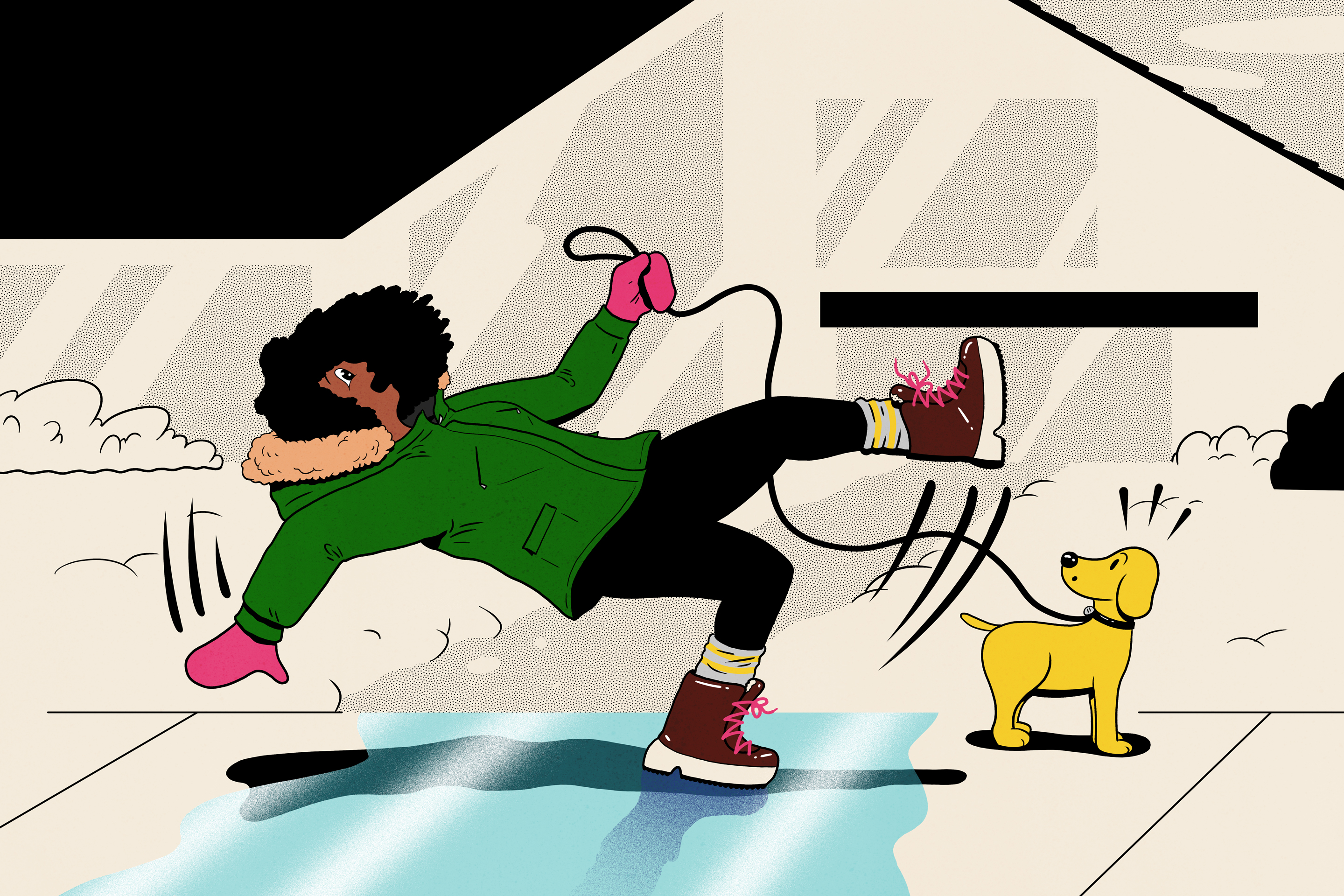
Introduction to Personal Liability Insurance
Personal Liability Insurance, a crucial aspect of a comprehensive insurance plan, is often overlooked. It’s a safety net that protects individuals and their assets from potential financial ruin caused by unforeseen incidents.
Definition and purpose of Personal Liability Insurance
This type of insurance covers legal costs and any resulting judgments against the insured, up to the limit of the policy. It’s designed to protect individuals from bearing the full cost of defending themselves in court, and from potential financial loss due to a lawsuit.
Importance of having Personal Liability Insurance
Financial Protection: Without this cover, one might face financial hardship. It provides coverage for incidents that may occur at your home or anywhere else, offering peace of mind in today’s litigious society.
Types of Personal Liability Insurance Coverage
Personal Liability Insurance is a must-have for anyone looking to protect their assets from potential lawsuits. It comes in different forms, each designed to cater to specific needs.
General liability coverage
General Liability Coverage is the most common type of personal liability insurance. It provides coverage for incidents such as bodily injury, property damage, and basic interactions with others.
Professional liability coverage
For professionals like doctors, lawyers, or consultants, Professional Liability Coverage is essential. It protects against claims of negligence or harm from professional services rendered.
Umbrella liability coverage
Umbrella Liability Coverage, on the other hand, offers an extra layer of protection. It kicks in when the limits of your other policies have been exhausted, covering large claims that could potentially wipe out your assets.
Here’s a quick summary:
| Type of Coverage | What it Covers |
|---|---|
| General Liability | Bodily injury, property damage, basic interactions |
| Professional Liability | Negligence or harm from professional services |
| Umbrella Liability | Large claims exceeding other policy limits |
Remember, every individual’s needs are unique. Therefore, it’s crucial to evaluate your risk and choose the right coverage that suits your situation.
Determining Personal Liability Insurance Coverage Amounts
Personal Liability Insurance, a safety net for unforeseen circumstances, is an essential part of any financial plan. It protects an individual’s assets in the event they’re held responsible for causing harm or damage to others.
Factors to consider when determining coverage amounts
When deciding on coverage amounts, consider factors such as the value of your assets, potential risks in your lifestyle, and the level of peace of mind you desire.
Calculating the appropriate coverage limits
To calculate appropriate coverage limits, tally up your total assets and consider potential future earnings. This will provide a ballpark figure for the amount of liability coverage needed. Remember, it’s always better to be over-insured than under-insured.
Here’s a quick table to guide you:
| Factor | Explanation |
|---|---|
| Value of Assets | The more assets you have, the higher your coverage should be. This ensures that in case of a lawsuit, your assets are well-protected. |
| Potential Risks | If you have a high-risk lifestyle (e.g., owning a swimming pool or having a teenage driver), you might need higher coverage. |
| Peace of Mind | Higher coverage can provide peace of mind knowing that you are financially protected in case of an unfortunate event. |

Common Personal Liability Insurance Claims
Personal Liability Insurance is a crucial safety net that covers legal costs and potential damages for incidents that occur on your property or as a result of your actions.
Slip and fall or property damage claims
Property Damage: This type of claim arises when there’s damage to another person’s property. It could be as simple as a broken window from an errant baseball or more complex situations like a tree from your yard falling onto a neighbor’s house.
Libel, slander, or defamation claims
Reputation Matters: If you’re accused of causing harm to another’s reputation through libel, slander, or defamation, personal liability insurance can cover the legal fees and any awarded damages.
Accidental injury claims
Safety First: Accidental injuries that occur on your property, such as a guest tripping over a rug or getting bitten by your dog, are typically covered by this insurance. It helps to protect you financially from unforeseen accidents.
Steps to Filing a Personal Liability Insurance Claim
Personal Liability Insurance is a safety net that protects individuals from financial burdens that may arise from unexpected events. When an unfortunate incident occurs, it’s crucial to know how to file a claim.
Gathering evidence and documentation
After an incident, it’s essential to gather all necessary evidence and documentation. This includes photographs, witness statements, and any other relevant information that can support the claim.
Contacting the insurance company
Once everything is in order, the next step is to contact the insurance company. This should be done as soon as possible to initiate the claims process.
Working with adjusters and agents
After filing the claim, you will be assigned an adjuster who will assess the situation. It’s important to cooperate with them fully, providing all necessary information and documentation to ensure a smooth process.
In conclusion, understanding how to file a personal liability insurance claim can save you time and stress in the long run.